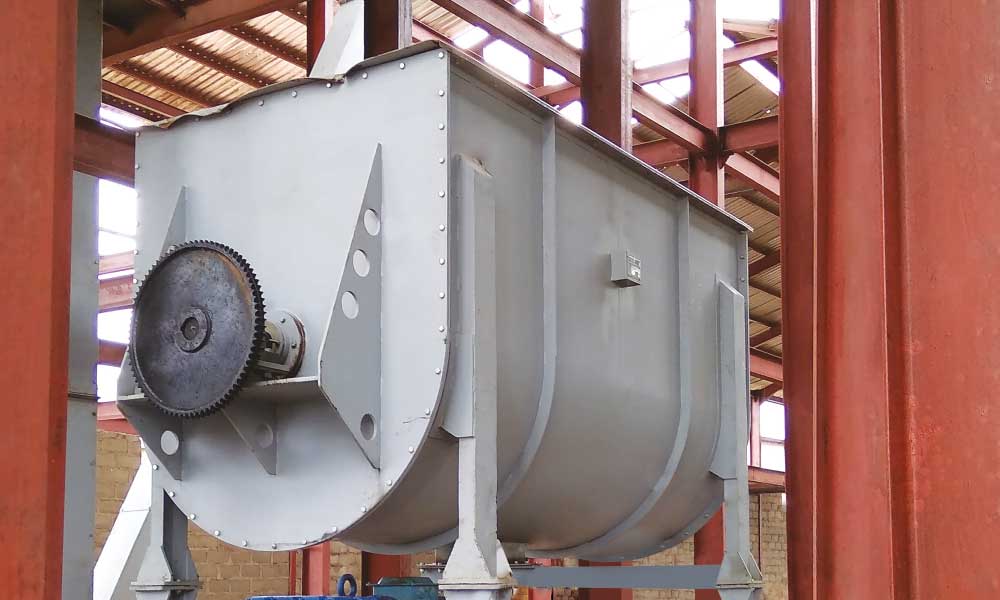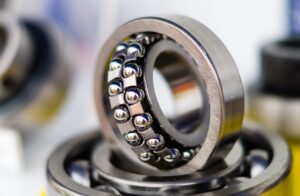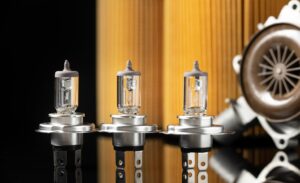
Using ribbon blenders for industrial mixing is a great way to produce high-quality products. These devices are highly versatile and can handle various solid materials, including powders, pellets, and flakes. This type of blending equipment typically uses a U-shaped or W-shaped trough and a double helical ribbon agitator to mix materials. Some models can also incorporate a single ribbon agitator that rotates within the tank.
Versatility
Stainless steel ribbon blenders are used for a variety of different applications. They can mix powders, liquids, and thicker materials like paste and putty to produce high-quality products. They can also be used for chemical production, spice combos for food, and medical compounding. Stainless steel blenders are a great way to mix various materials quickly and thoroughly. A ribbon blender consists of a U-shaped trough with agitators that move materials in two directions. This creates a potent mixture and helps you save time and money. These mixers can mix different types of materials and can be customized for your specific needs. They can heat and dry materials, an excellent option for manufacturers who mix many materials simultaneously. These machines can be customized with various options, such as adjustable speed drives for precise regulation and diverse ribbon agitator configurations for targeted tasks. They are also durable and can withstand a wide range of operating conditions.
Reliability
Many personal care, food, pharmaceutical, and other industries rely on industrial ribbon blenders to ensure a uniform consistency in dry or powdered products. These products’ vast array of ingredients means manufacturers must blend them to precise proportions for their production lines and final packaging. Even if the material properties of the solids are well-defined by flow testing, the solids could drift away from a perfect blend during processing or segregate when discharged from the ribbon blender. This can occur due to triboelectric effects (charging of the particle surface by the impact of flow), attrition, or fluidization from the temperature gradients in the materials. Another critical factor affecting mixing performance is the drive design. Traditional belt-driven methods are susceptible to slippage and can also impose over-hung loads that could lead to horsepower losses and lower operating efficiency.
Efficiency
Across the process industries, a reliable method for solid-solid mixing is at the core of production. A popular choice among many manufacturers is the batch ribbon blender. Typically, a ribbon blender consists of a U-shaped horizontal trough and an agitator of inner and outer helical ribbons pitched to move material axially, in opposing directions, and radially (Figure 1). Agitator tip speeds up to 300 feet per minute are typical, and the resulting convection mixing provides shear for smooth and balanced blending cycles. As with any agitator, the quality of the materials that pass through the ribbon agitator also influences the efficiency of its operation. Agitator-to-wall clearances, for example, must be tight enough to provide shear and minimize the buildup of particles along the trough wall. The drive mechanism varies from supplier to supplier, but most ribbon blenders incorporate a belt drive. This design includes flexible belts and a set of pulleys to provide expected speed and torque ranges.
Safety
Ribbon blenders are among the most versatile and cost-effective solutions for blending dry powders and bulk solids. They’re perfect for blending spices, drink mixes, nutraceuticals, cosmetic powders, polymers and plastic compounds, fertilizers, ceramic powders, and many other applications. They also mix varying bulk densities, which is ideal for mineral industries. Their convective mixing action helps to achieve the desired mixing ratio quickly and efficiently. In addition, they’re hygienic and easy to clean. This makes them a safe choice for many food-grade and pharmaceutical industries. A ribbon blender comprises a U-shaped horizontal trough and an agitator comprising inner and outer helical ribbons. The ribbons are pitched to move material radially and axially, and the close tolerance between the trough wall and the agitator ribbons provides shear.







